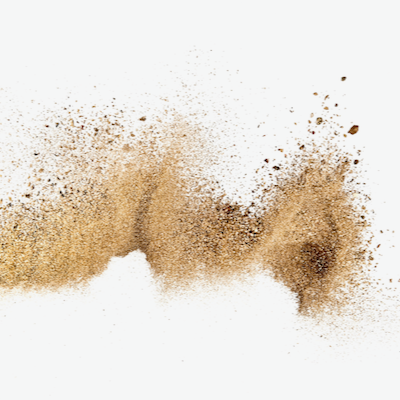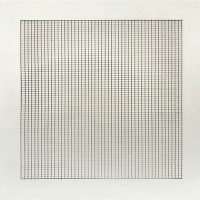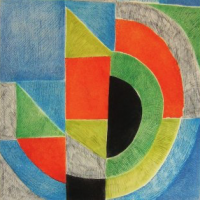
What is sand?
Sand is loose grains of material primarily made of quartz, mica, feldspar and other minerals and rocks. Sand paintings are made by pouring colored sands into designs; often for cultural rituals and special celebrations. The designs take many days to complete, and finally brushed away.
Image © Mariyana M/Shutterstock- Show All
- Established
- Discoveries
ARTWORKS RELATED TO SAND

A style in music and visual arts that uses designs that are pared-down. It began in Western art after world war II strongly in the American Visual arts. Minimalism greatly derives modernism aspects and is often seen as an anti-Abstract Expressionism and to some extend, a connection to the practices of post minimal art. Some of the prominent artists are Agnes Martin, Donald Judd, Robert Morris,Frank Stella and Dan Flavin.
















